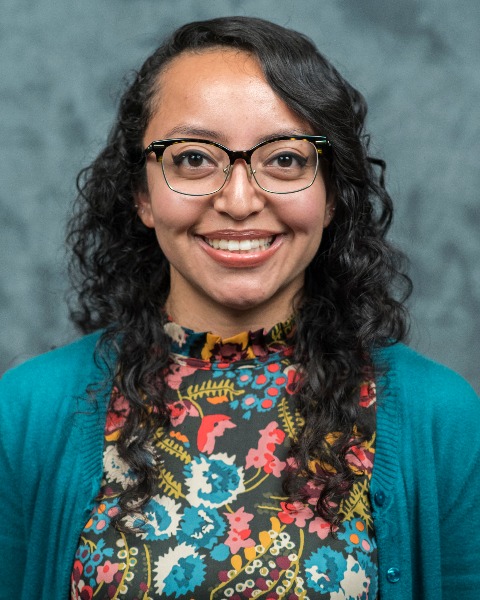Poster Presentation
Program Planning and Evaluation
Wednesday Evening Poster Reception
WED-079 - Embracing a Diverse Community Health Worker Workforce Through Capacity Building: Findings from the Program Evaluation
Wednesday, April 16, 2025
6:00 PM - 7:00 PM PST
Location: Pacific I/II, 2nd Floor
Area of Responsibility: Area IV: Evaluation and Research
Subcompetencies: 4.5.1 Communicate findings by preparing reports, and presentations, and by other means., 4.5.2 Disseminate findings.
Research or Practice: Research
Subcompetencies: 4.5.1 Communicate findings by preparing reports, and presentations, and by other means., 4.5.2 Disseminate findings.
Research or Practice: Research

Jennifer S. Ramirez-Chavarria, MPH, CHWI (she/her/hers)
Program Manager
National Community Health Worker Training Center
Bryan, Texas, United States
Poster Presenter(s)
Learning Objectives:
At the end of this session, participants will be able to:
- Upon completion, participants will be able to describe at least two outcomes from the Cancer Survivorship CEU evaluation findings regarding the quality of the CEU.
- Upon completion, participants will be able to discuss two of the most useful elements of the CEU as was reported by CHW trainees.
- Upon completion, participants will be able to explain the importance of building the capacity of the CHW/CHWI workforces in health education to improve population health.
Detailed abstract description: In this session, we will briefly discuss the components of the self-paced online 8-hour Continuing Education Unit (CEU) training called Comprehensive CHW Training on Cancer Survivorship conducted for the diverse CHW workforce. We will also discuss the findings of our evaluation efforts about the effectiveness of the CEU.
Methods: After each CHW participant completed the self-paced CEU, they were asked to complete an evaluation survey. The evaluation questionnaire we used included five questions. Three Likert-scale questions focused on meeting objectives, relevancy of information and resources provided, and usefulness of information to apply in the community with responses that ranged from strongly disagree to strongly agree. Two questions were open-ended asking the most and least useful aspect of the training. Our team used cross-sectional evaluation data from the cancer survivorship training (N = 109) to calculate descriptive statistics.
Result: In the presentation, we will report the findings of the evaluation. Of participants, 73% (n = 80) were CHWs, 3% (n = 3) were CHW Instructors, and 6% (n = 7) were both CHW and CHWI, and another workforce. The participants were from 25 counties of 3 US states, representing different organizations. 94% (n = 102) of the participants reported agree/strongly agree that the workshop objectives were met, 94% (n =103) reported that the information and resources were useful and relevant, and about 95% (n =103) reported that the information provided in the training was useful in their community work. The CHWs reported that the most useful elements within the course were the use of videos, and the review of motivational interviewing and integrative therapy.
Conclusion: The findings highlight that the capacity building of the CHW workforce through quality CEUs is fundamental to strengthen their knowledge base and empower CHWs in their role of educating and guiding disadvantaged populations towards better health.
